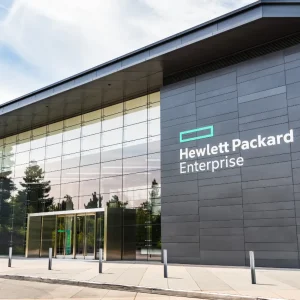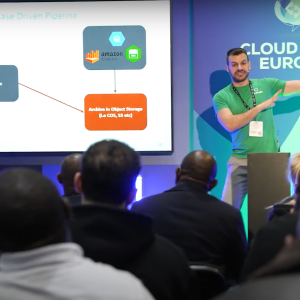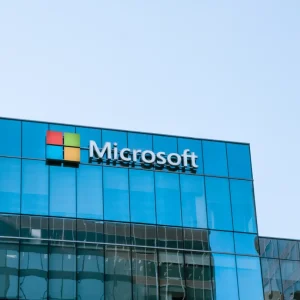
NTT Data and Oracle are expanding their existing partnership to take healthcare big data to the cloud.
The expanded relationship between NTT Data and Oracle Health Sciences will offer data integration, warehousing and analytics in the cloud for healthcare businesses.
The healthcare cloud offering will allow organisations to unify, expand or replace their existing healthcare data warehouse and data aggregation solutions. It offers clients the ability to use Oracle Healthcare Foundation as a service.
NTT Data and Oracle will deliver an end-to-end offering with consulting and implementation, as well as maintenance and IT services.
The solution allows healthcare organisations to replace old systems with an enterprise
data warehouse or maintain their existing investments with an on-site solution, which will be shifted to an enterprise data warehouse.
Organisations can enhance business agility with Oracle Healthcare Foundation and NTT Data’s portfolio of analytic capabilities for population health, regulatory requirements, quality measure and clinical research.
NTT Data president of global healthcare and life sciences Dan Allison said: “This collaboration with Oracle will help healthcare organisations implement a cloud-based solution that will improve outcomes and deliver tangible business results.
“In addition, our work with Oracle reinforces NTT Data’s commitment to innovation, as we bring data together to provide analytics for multiple stakeholders in the healthcare enterprise.”
NTT Data offers targeted segment solutions such as patient engagement, predictive analytics, healthcare cloud hosting, integration and interoperability, clinical and claims application implementation, revenue cycle management and policy administration.
The company also provides core managed infrastructure, application and business process services.
Last November, NTT DATA Services collaborated with AnatomyWorks for brain mapping algorithms.
The partnership will further improve analytics tools to offer better brain mapping detail and proficiency by using technology from Johns Hopkins University.






